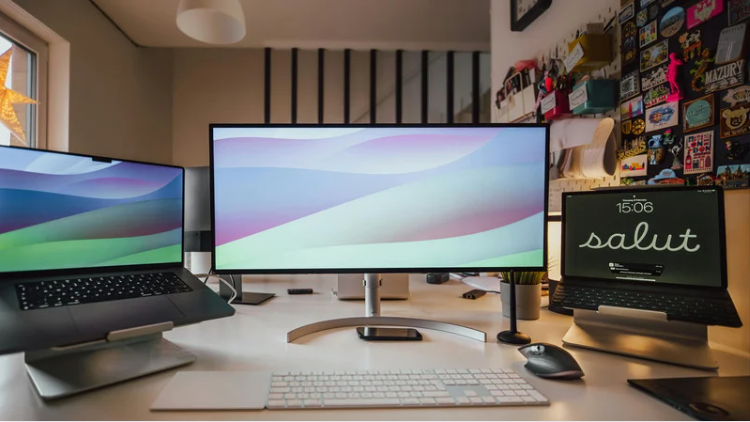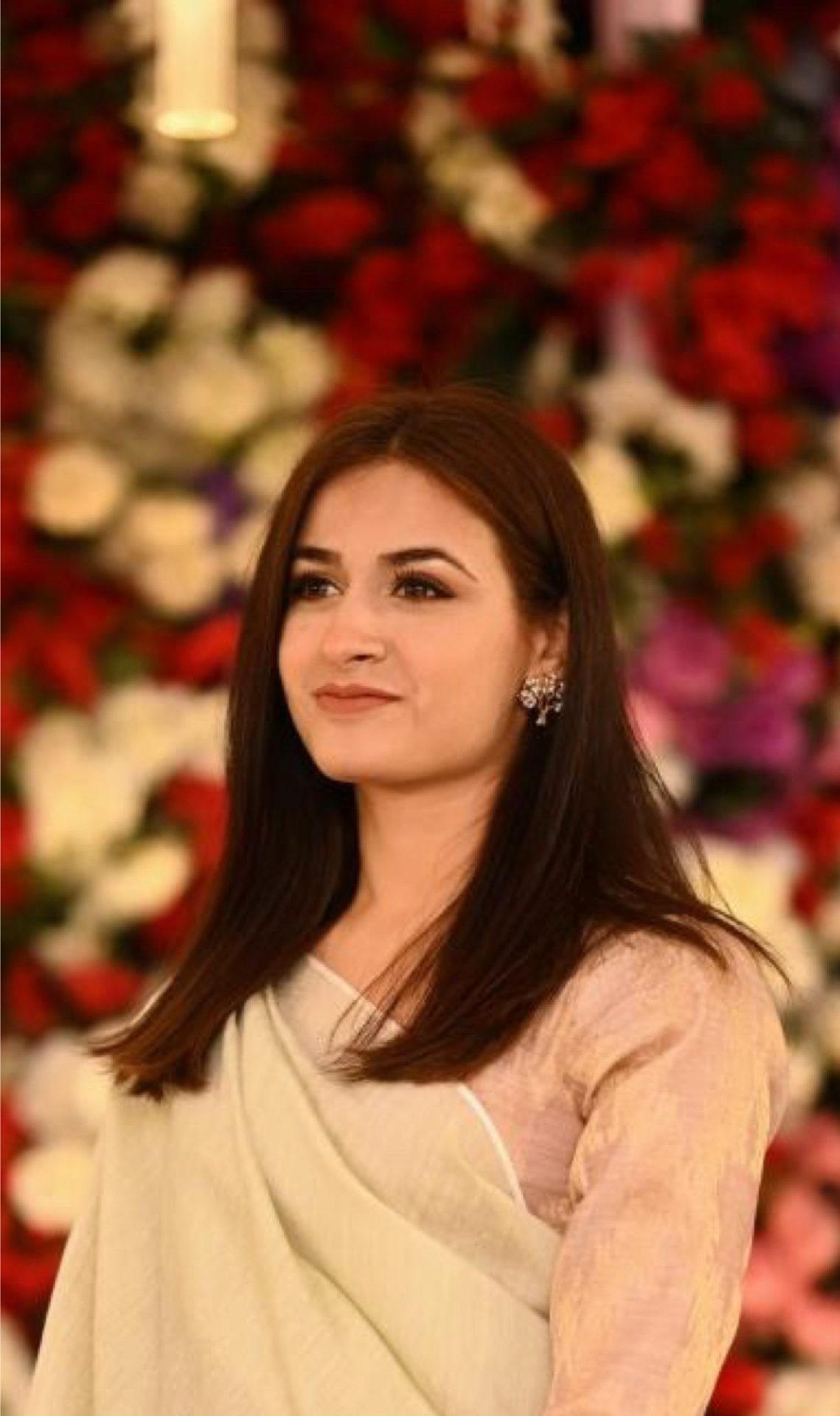Channel your inner Vogue and Confidence!

Portable monitors evolved from tech toys to a core component of any digital nomad’s or remote worker’s toolkit for people who demand true dual-screen productivity on the go without lugging around a full desktop. At its sweet spot in 2025, the 15.6-inch class delivers ample screen real estate while remaining portable, a sizable external display that can usually slip into a backpack or messenger bag with your laptop. Here I’ll compare the best 15.6″ portable monitors to look at this year, what they’re best at, and the factors that can help you pick the right portable screen for your workflow.
15.6″ offers a nice jump in useful workspace over 13–14″ external screens and is the smallest size you can get away with without looking like a laptop add-on. Manufacturers in 2025 are still trying to optimize for what people use the most portable monitors for: simple but dependable USB-C single-cable video + power, a matte anti-glare coating for outdoor use, solid color fidelity for the content creator crowd, and – with some models – resolutions in the 4K/UHD category for pixel-density hounds. 15.6″ strikes a nice balance between being big enough to have a dedicated video call window plus a full sized application, web browser window, or document and being light enough for regular day-to-day carry.
UPERFECT 15.6 portable monitor 4K is one of the few 15.6″ models that actually offers UHD 3840×2160 resolution, making it one of the best portable monitors for high-density pixel work. Whether you use spreadsheets or side-by-side coding windows that require more real estate, want to look at large files with better clarity, or are into content creation, the extreme crispness of a 4K monitor and high sRGB/Adobe coverage advertised on UPERFECT’s higher-end SKUs means the UPERFECT is a great pick for this more demanding creative use case. One drawback: 4K on a portable will consume more power and often have more heat. If you plan to run it off laptop bus-power (USB-C PD) be sure to check power draw in the specs.
ASUS’s MB16AMT is a 15.6″ Full HD (1920×1080) IPS touchscreen portable monitor with 10-point touch input, hybrid USB-C plus micro-HDMI inputs, and a slimline profile. ASUS has long been a favorite for travel with their ZenScreen portable monitors because they prioritize portable friendliness (size/thickness) and the touch response experience – the latter of which is actually genuinely nice to use for document annotation or simple design work. If you travel a lot and/or need or want to use the monitor for a few hours without an outlet, the built-in battery is a massive convenience.
The ViewSonic VG1655, on the other hand, has been a favorite of the business traveler crowd: aluminum construction, a Full HD (1920×1080) IPS panel, a standard port set that includes USB-C with plug-and-play simplicity. ViewSonic models often ship with a nice smart folio, are well-reviewed for reliability, and have a professional look and build quality. For office productivity purposes, the VG1655 is a stellar example of price, portability, and performance balance.
AOC’s 16T2 has a slim 15.6″ IPS panel, 10-point touch, built-in battery, dual USB-C (plug both in or use the USB-C as a single cable to connect to a laptop), and a versatile flip-folding smart cover. It’s a good pick for users who want a touchscreen but aren’t necessarily going to use it as a primary monitor and don’t need 4K. It’s often priced quite competitively – a great option for the student or hybrid worker who wants extra functionality without the premium price.
Lenovo’s ThinkVision M15 (or newer M15 Gen 2) is a 15.6″ FHD monitor that targets people who will be using the monitor every day and want to keep their overall setup as light as possible. The ThinkVision portable line is easy to pair with laptops, includes nice (rigid, not foldable) stands and low-blue-light certifications, and typically has excellent out-of-the-box color/viewing comfort for daily work sessions. If light weight and all-day eye comfort is your highest priority, the ThinkVision line is a great safe bet.
Dell’s lineup of portable monitors and MSI’s PRO portable series are options with dependable builds, if sometimes less portable than other 15.6″ options – worth considering for budget or brand-loyal purchases. New entrants in the low-cost category also popped up in 2025 with some solid value (KYY K3 is one example, worth a look if price is your biggest constraint) – just be wary that color accuracy and build quality on super-cheap portable monitors isn’t as tight.
If you are looking to pair two 15.6″ portable monitors for a true dual-screen mobile workflow, check accessory support/capability from the manufacturer and mounting options – these brands tend to offer multiple portable sizes you can mix-match, for example UPERFECT’s site lists multiple portable sizes plus accessory docking brackets for ultralight panels. You can also consider specific brand ecosystems if you care about a unified look (UPERFECT’s portable 4K and standard 1080p monitors have consistent control layouts).
A notable theme through the 15.6″ portable monitor market in 2025 is that “pure” performance-focused models (4K, wide color gamut, HDR support) are more portable but consume more power than an ultralight FHD-only class model with just the basics. If you’ll be frequently unplugged and mobile, a portable 1080p ultralight from Lenovo, ASUS, or ViewSonic is a more practical option, even if it can’t match the sharpness of a UPERFECT’s 4K portable.
I think it’s fair to say that the 15.6″ portable market reached full maturity in 2025, and you can now find ultralight FHD models that do all the basics well, nicely responsive touchscreen + battery hybrid models, and even true 4K portable monitors if you need the additional pixel-density. As always your choice of portable 15.6″ model should ultimately be guided by what you care about the most: pixel-density and color accuracy for content creators (see the portable 4k models), battery time and touch for flexible, presentation-ready workloads, or absolute portability to take every ounce off the commuter laptop bag weight count.

The Fashion and Style enthusiast with a flair for drama and entertainment! A millennial on the lookout for the trending styles inspired by and believes in: “You can get anything in life if you have the right dress for it!” Adding a little magic through the power of words and not holding back on fashion and styling opinions! Let’s connect to stay on top of trend alerts and the who is who of Fashion world and get inspired to give your personality the styling oomph you’ve been craving for! Nageen Abbas at Vogue Vocal is the brains behind our Woke Vogue and Lifestyle Library!